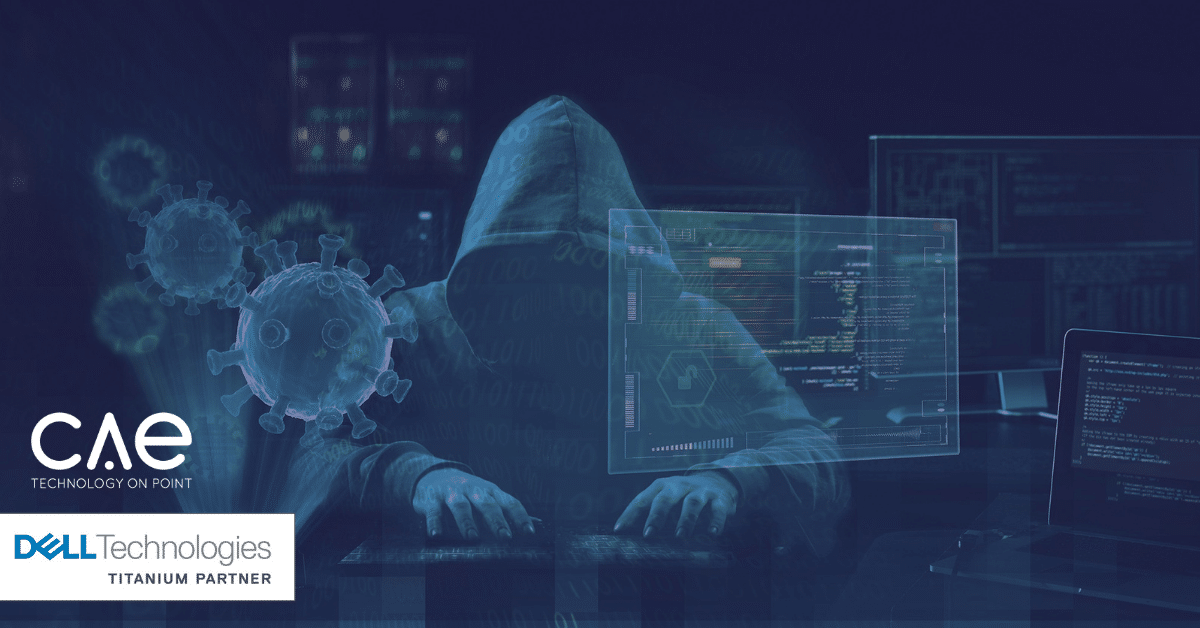The prevalence of the Internet of Things (IoT) has unlocked a whole new stage for theft. Now that threat has widen to include not physical property, but the vast world of data.

HOW HAS THE THREAT LANDSCAPE CHANGED?
Our security and protection methods remain relatively unchanged – we still use locks, vaults and gates, just now in a digital world. These traditional solutions applied to modern digital threats simply aren’t sufficient anymore to protect your business.
5G enables more devices to connect to a single hub than ever before and businesses are struggling to maintain good security practices as large numbers of their workforce log in from unsecured home networks. Tech analysts IDC predict there will be 41.6 billion connected IoT devices worldwide by 2025. Now, more devices mean more potentially vulnerable endpoints incorporated into a business setting. This is mirrored by the stats – in 2019 there was a 300% increase in cyberattacks on IoT devices on the previous year. And the financial impact is significant too. ComputerWeekly reports that individuals and organisations in the UK reported losses of £1.3bn to fraud and cybercrime between 1 January and 31 July 2021, a threefold increase on the year-ago figure of £414.7m, as reported instances of cybercrime spike by seven times, rising from 39,160 to 289,437. It’s an understandable conclusion to make that the legacy strategies of protecting businesses from these attacks just aren’t up to the task of dealing with increased volume and sophistication.
WHY CYBERSECURITY ISN’T ENOUGH
Until recently, the focus of IT teams was on prevention. Using firewalls, access restriction, encryption and more; they tried to keep attackers from getting in. But evolving logic says that this is no longer practical. With the number of endpoints that we’re managing in 2022 and beyond, the new ethos is to continue doing this and prevent attacks but also plan to react and recover. It encompasses more than just external attack vectors, but issues of breach and bad actors from within the organisation. The new goal is cyber resilience and it’s a more holistic way of thinking about your data and business continuity.
CYBER RESILIENCE IS A GAME-CHANGER
Organisations are looking beyond the most business-critical information to protect, identify and bounce back from any cyber incident across the whole infrastructure. As everything from supply chain management to customer engagement shifts to the cloud, this model has bottom-line implications if systems are disrupted. Cyber resilience requires a balanced approach that protects both organisations and individuals while also enabling open, safe commerce and communications. This more holistic view lives in tandem with the organisation’s cybersecurity measures to provide a blanket layer of risk mitigation. It takes all the existing protective measures and adds on data lockdown processes powered by machine learning. Then it sets procedures in place with firm service level agreements that keep business disruption down to a minimum.
ASSESS YOUR CYBER RESILIENCY
The need for cyber resilience is clear. But sourcing the right partners to deliver on the base strategy, machine learning, data immutability and recoverability needed to be cyber resilient requires a bespoke look at your tech landscape.
If you’re ready to get started, complete our free cyber resiliency assessment for a quick but comprehensive health check that measures your organisation’s ability to detect, respond to and recover from cyber threats. Based upon your evaluation and current score, we provide you with customised recommendations and valuable insights as well as actionable steps from trusted experts to help improve your cyber resilience today.



